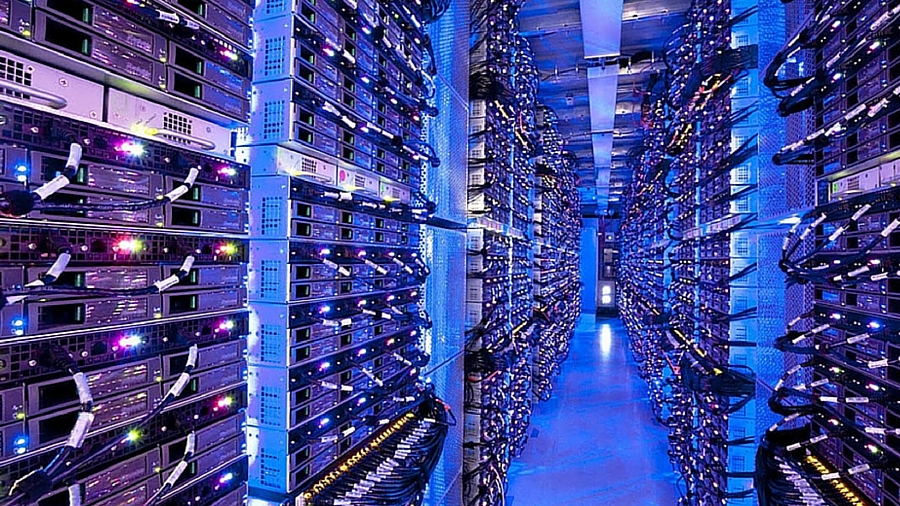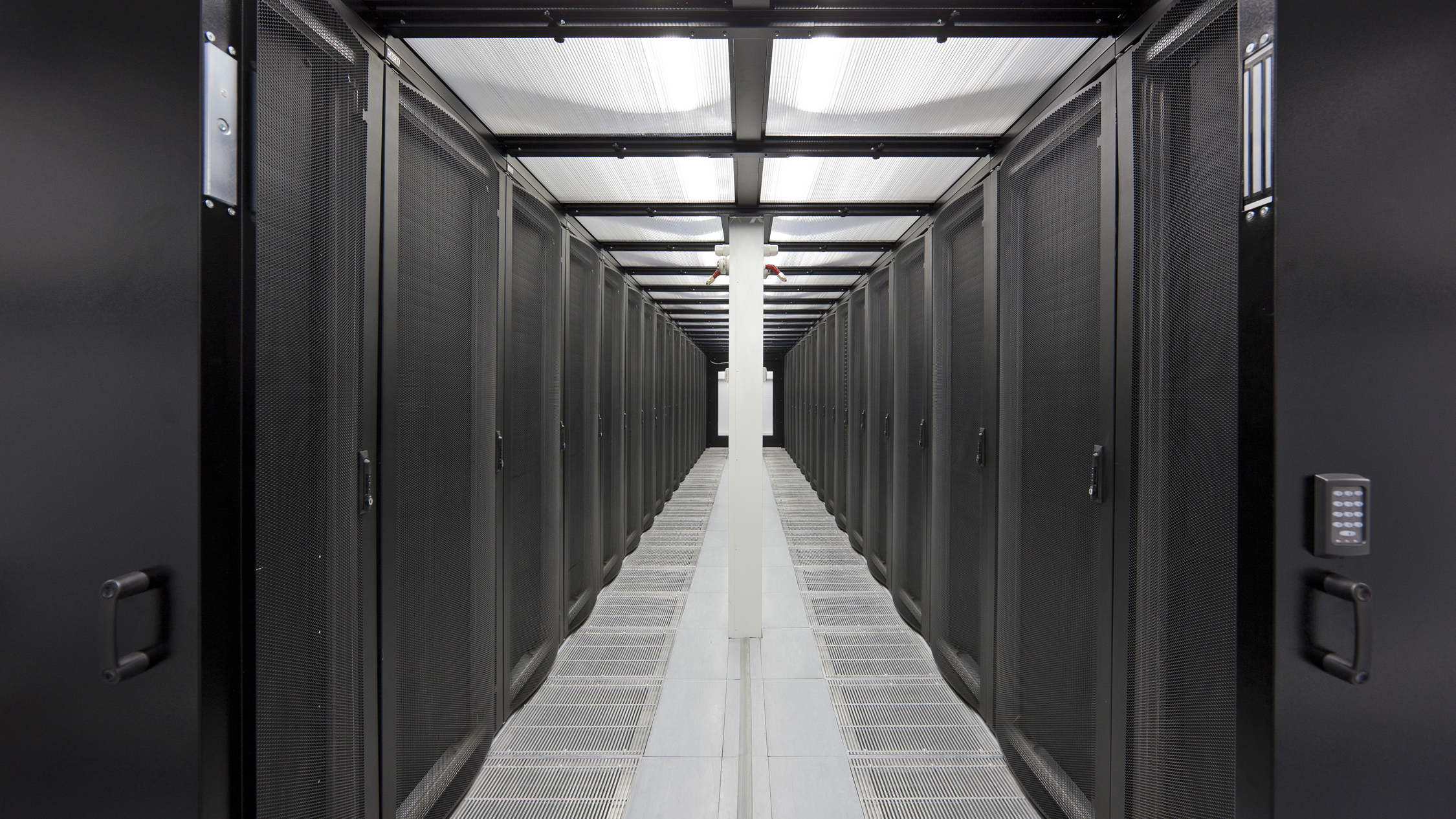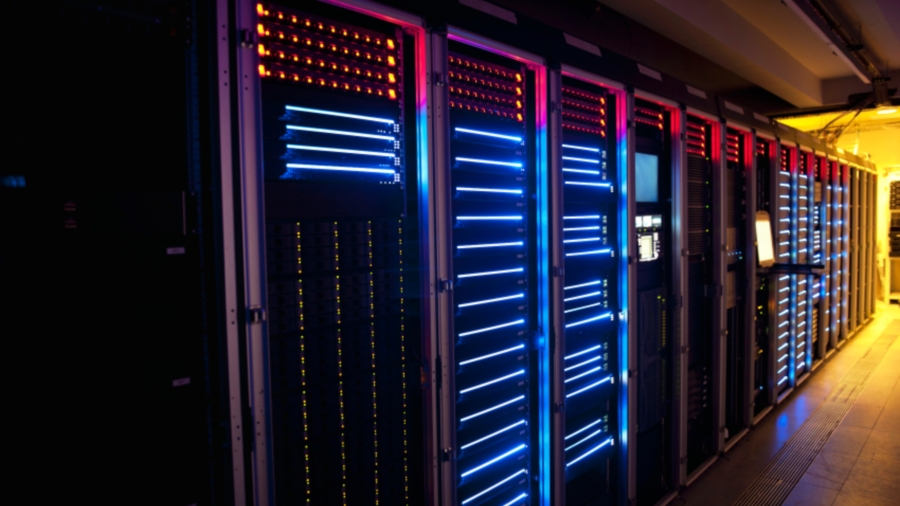How to make your data centre greener
We all need to cut our carbon footprint before it's too late

The need to go green has never been more important. With climate change firmly on the agenda, having an energy efficient data centre will help in saving carbon and money in the long-term.
Many estimates put the number of data centres in the UK at over 200. The cloud means that many more are being built. This in turn means the amount of energy used to power and cool servers running in these facilities is going up.
Water consumption is also on a par with that of wine producers and the carbon footprint of these vast data warehouses is second only to the airlines. This gives you some idea of how important it is that environmental considerations are taken into account.

Three green factors
There are three things that can intrinsically make a data centre greener: infrastructure, the hardware and geography, according to Jack Bedell-Pearce, Managing Director at 4D.
He notes: "Significant gains can be made in upgrading a data centre's infrastructure – this can include changing a legacy HVAC system into an evaporative cooling system or installing more efficient UPSs and generators."
He adds that in the past five years we've witnessed some giant leaps in green infrastructure technology (especially in cooling), but he says it is now difficult to see how similar large gains can be made on this front in the foreseeable future.
Bedell-Pearce reckons that there is still potential to upgrade and virtualise hardware. "Using more energy efficient hardware and replacing dedicated servers (some of which were running below 20% capacity) with virtual systems (which can be optimised to run at 80%+ capacity), can significantly give you more processing bang for your buck," he says.
Are you a pro? Subscribe to our newsletter
Sign up to the TechRadar Pro newsletter to get all the top news, opinion, features and guidance your business needs to succeed!
He adds that geography is the ultimate 'green upgrade'. "Often data centres have to be located in geographical proximity to the end users (hence the large cluster of data centres in Central London, despite the high cost of land) whereas non-critical or non-latency dependent systems can be located further afield," he notes.
Geographically optimal green locations include Iceland (cold ambient air for cooling and carbon neutral energy from geothermal power stations) and the coast of Finland (Hamina), where Google has built a facility that uses seawater for its water cooling system and locally generated wind power.

Optimising efficiency
There are many aspects of data centre design and operation where more efficiencies can be found, according to David Manning, director of data centre consultancy and operations, MigSolv. "The simplest of these is lighting. Just by making lighting PIR-controlled would save as much as 5% of overall power consumption. And why on earth do operators light up unmanned data centres 24 hours a day? Computers aren't afraid of the dark!"
Housekeeping is another factor. So many data centres have cardboard and other packaging waste lying around, says Manning. Packaging creates dust, which is both a fire hazard and blocks fans, causing them to consume more power as they work harder. "This creates more heat, which makes the air con work harder, which uses yet more power and produces more CO2. I know it sounds simple, but if you remove all cardboard and packaging, you'll immediately boost a data centre's green credentials."